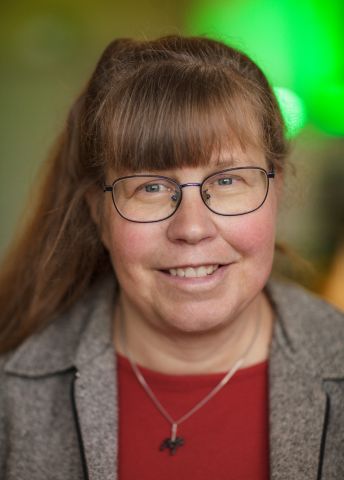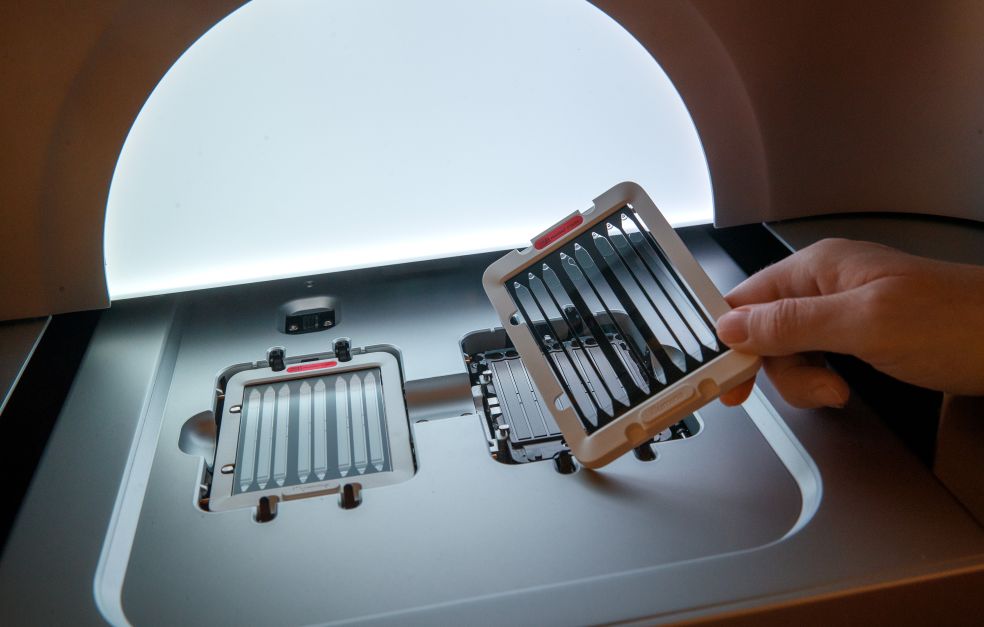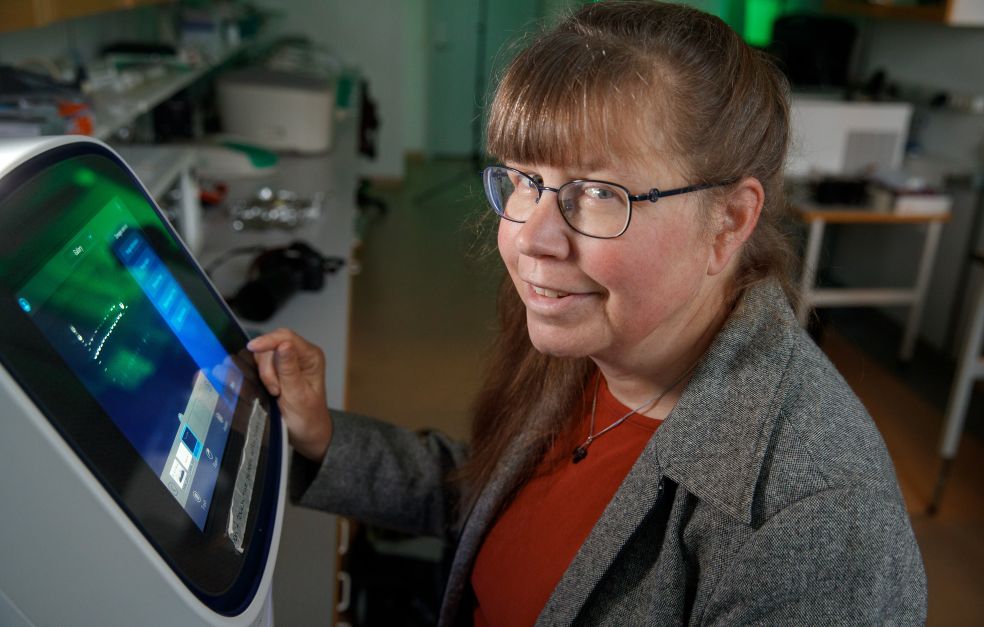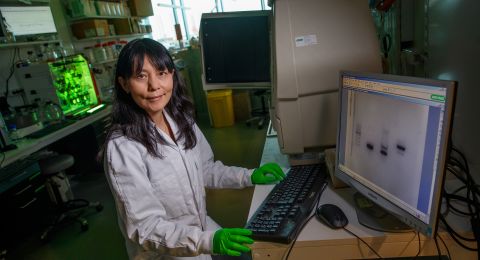Mapping the genomes of other mammals gives us a deeper understanding of the biology behind diseases that also occur in humans. Having mapped some 240 mammalian genomes, Kerstin Lindblad-Toh aims to trace the genetics behind diseases such as obsessive-compulsive disorder (OCD), ALS and cancer.
Kerstin Lindblad-Toh
Professor of Comparative Genomics
Wallenberg Scholar
Institutions:
Uppsala University and Broad Institute of Harvard and MIT
Research field:
Disease genetics in mammals and humans
The Zoonomia international research project ended in 2023, resulting in eleven research articles in Science. Approximately 240 mammalian genomes were mapped over ten years and analyzed by about 150 researchers from around the world.
“But although we published in 2023, it feels like our data are not being sufficiently utilized. Human geneticists are still inclined to do what they've always done, confining themselves to genetic data from humans,” says Lindblad-Toh, professor of comparative genomics and a Wallenberg Scholar.
She is driving both the mapping and analysis forward to find the genetic keys to diseases such as ALS and cancer.
Comparing mammalian DNA
Proteins are the workhorses of the body, performing nearly all tasks in cells. But only about one percent of our DNA codes for proteins, and only ten percent carries information about when and where those proteins should be made. The rest is merely background noise. Finding the parts relevant to various diseases is very challenging.
One way of identifying functionally important parts of the genome is to compare the DNA of different mammals. This can reveal which positions have remained unchanged over millions of years of evolution, providing a strong indication of their functional importance.
“Comparisons enable us to identify and understand the genome and attempt to link different mutations to diseases and their mechanisms.”
Thanks to Zoonomia, it is now possible for the first time to make large-scale comparisons. Lindblad-Toh hopes this will eventually lead to more precise treatments.
“The better you understand the biology of diseases, the greater the likelihood that this knowledge can lead to new drugs that can also be tailored to the patient using precision medicine.”
Dogs lead the way
One mammal is particularly important: the dog. Alongside other research, she has made a special effort to map the dog’s genome. Her motivation is that dogs develop diseases similar to ours, such as cancer, OCD and even a form of ALS. Many of these can be traced back to human breeding, causing dogs to bear mutations that contribute to diseases.
“A dog bred to be large and strong carries genes that impact growth. But these same genes may also be those that cancer cells use to grow. In this way, we inadvertently concentrate disease traits in dogs.”
But breeding also makes it easier to identify the genes contributing to diseases. One example is a study she is working on at the Biomedical Center (BMC) in Uppsala in which she is searching for genes that influence OCD in dogs.
“Various compulsive disorders are very evident in some dogs. For example, there are bull terriers that can chase their tail for hours and Dobermans that cannot stop grooming themselves.”
If the study were conducted on humans, data from tens of thousands of patients would be required. When performed using dogs, hundreds of samples suffice to narrow down the most relevant areas of the genome.
“When we have analyzed data from the dogs, we compare them with studies on humans and try to find common biological mechanisms that can provide insights into the disease.”
The idea of using dogs as a research model came from a colleague when Lindblad-Toh was working at the Broad Institute of MIT and Harvard in the U.S. She arrived there as a postdoc and was soon given the task of sequencing the mouse genome for the very first time.
“We soon realized the potential of comparing genomes between healthy and sick dogs. To do this, we saw the need to develop new tools and methods to find various disease genes.”
The lessons learned proved invaluable later on when she was one of the architects behind the establishment of the Science for Life Laboratory (SciLifeLab) in Sweden.
Throughout her life, she has juggled two parallel careers on two continents. Behind her scientific engagement lies a strong drive stemming from her personal experience of healthcare.
A desire to give back
Lindblad-Toh was born without a pulmonary artery. Since the age of seven she has undergone three transplants to keep up with her age. She received her third pulmonary artery when she turned 21
“It has kept me alive for over thirty years. To some extent, my work is about giving something back to both healthcare and research.”
Thanks to the transplants, she has always been able to do what she wants – except run
“My heart is not as efficient as a healthy heart, so it cannot cope with running. But I love being outdoors, and every day I go for an hour-long walk.”
She is employed at Uppsala University, while her husband and son live in Boston. This means many days of travel each year, but she has found a balance that works for both her family and her research.
“It’s wonderful to be able to bike through nature to the BMC and just as wonderful to enjoy all the fantastic international food in Boston. For me, both places are home.”
Text Magnus Trogen Pahlén
Translation Maxwell Arding
Photos Magnus Bergström






